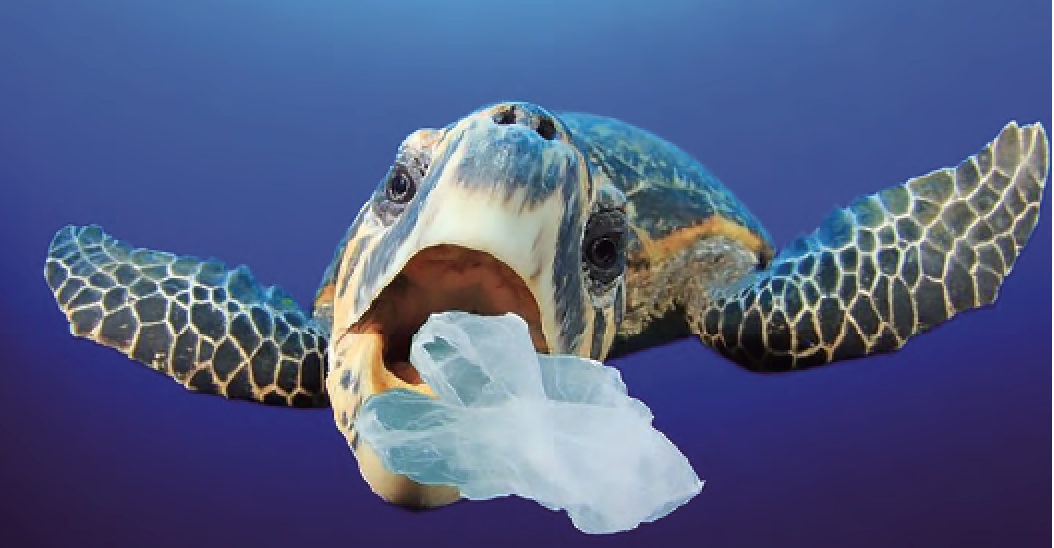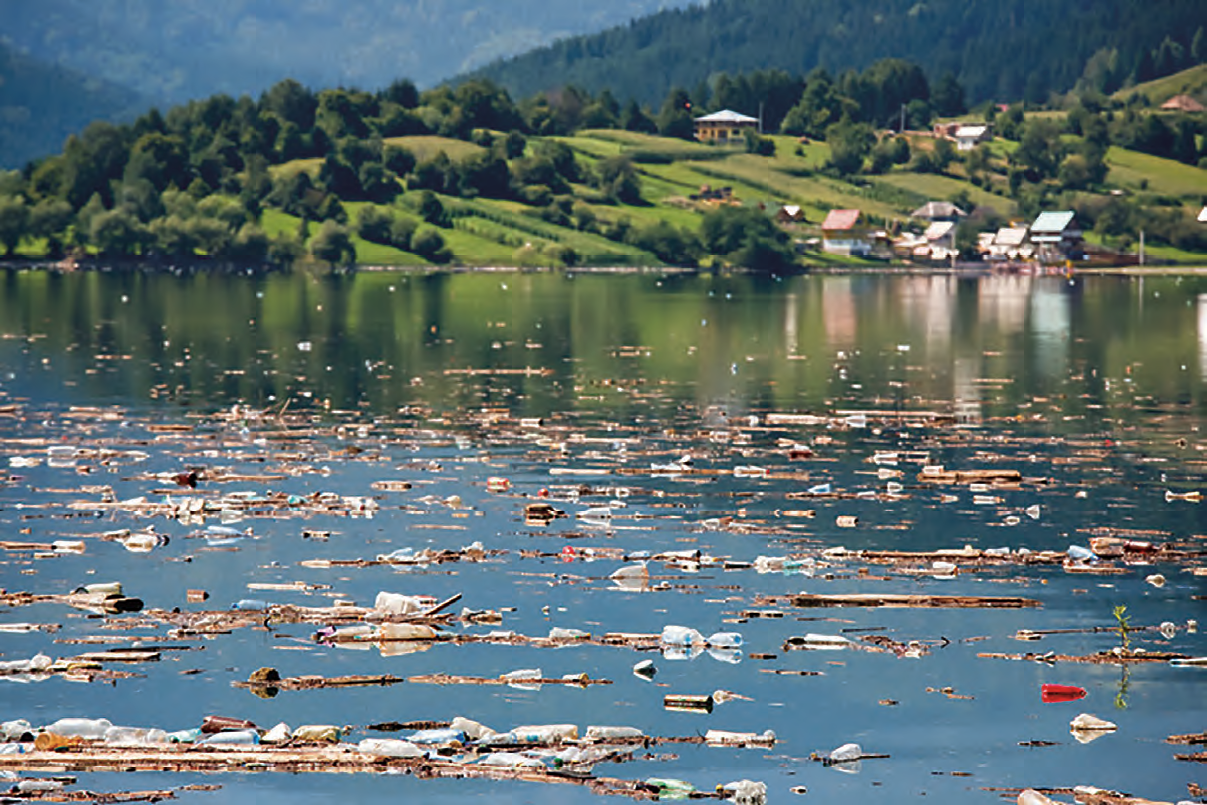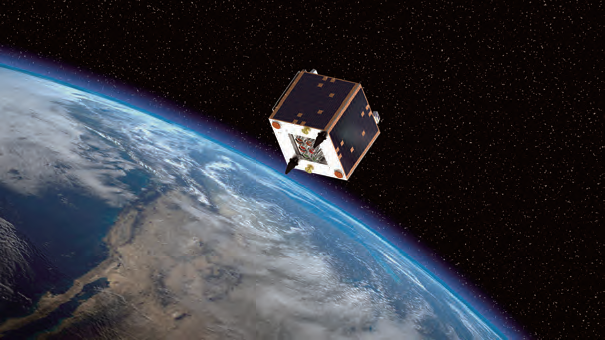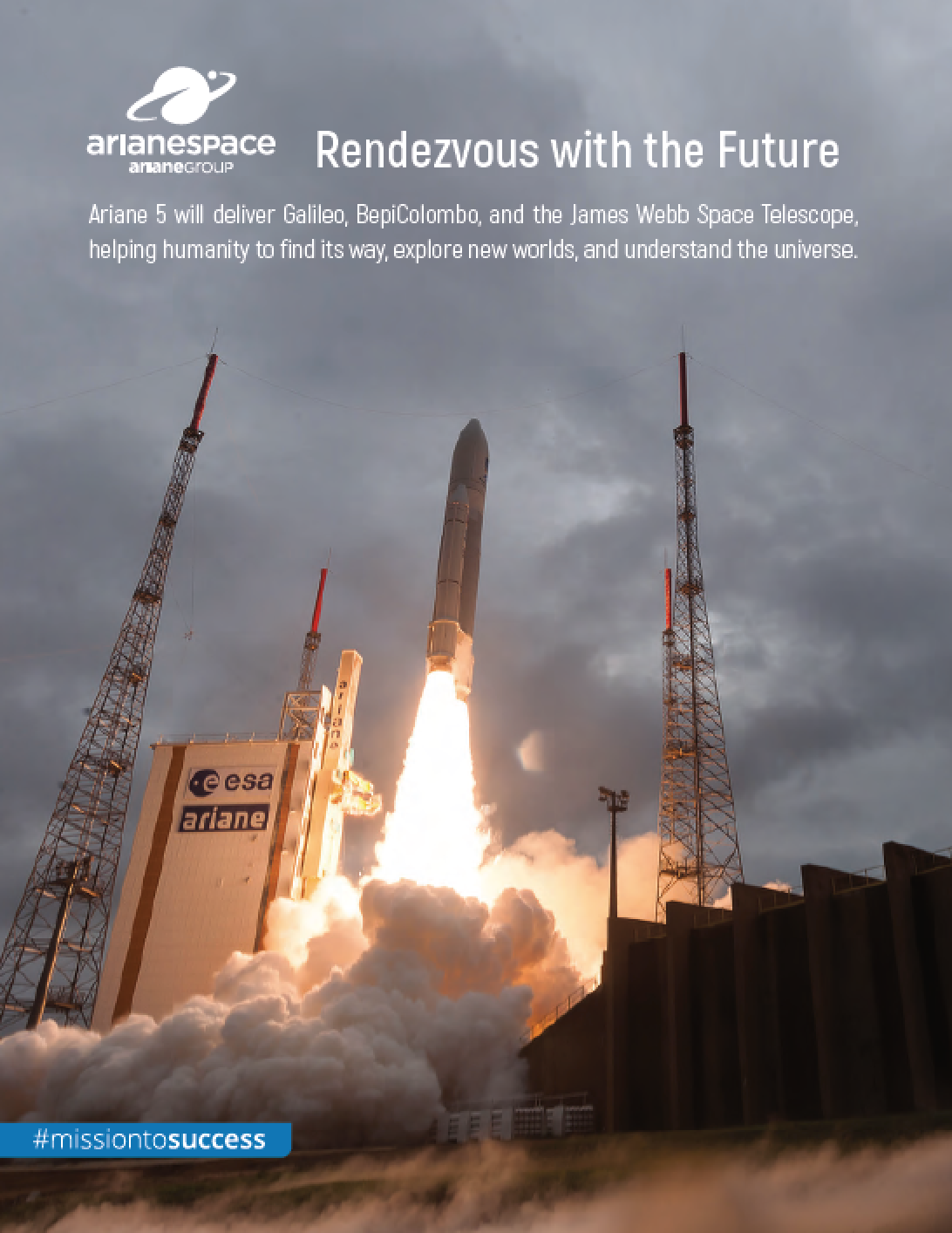The vast amount of plastics produced throughout the world is causing a monumental problem for the governments and organizations that must tackle this growing waste materials crisis.
Plastic is everywhere and is causing a global crisis, particularly for the seas and oceans where plastic is, quite literally, bringing ecosystems to their knees. Plastic is ending up in the bellies of fish and wrapping itself around precious sea life. A critical point has now been reached — if humanity does not act now to solve this problem, the destruction of the Earth’s maritime environment will be irreversible.

It is falling to governments to act on the massive wave of plastic that is engulfing the planet. At the end of 2017, more than 200 countries signed a United Nations resolution to eliminate plastic in the sea.
This is an almost overwhelming task. Plastic is used in just about every area of our lives — food and drink is packaged within it — children play with toys made from it — clothes are often manufactured using it. Plastic has permeated our lives to such an extent that ridding the oceans of it is one of the biggest and most complex challenges imaginable.
Monitoring and Quantifying
A key part of the solution resides in the monitoring of plastics — finding out where the plastics in the seas are originating from and where they are ending up.
The World Economic Forum (WEF) identified eight essential steps that need to be taken in order to address the plastics epidemic. One of these priorities is to increase mapping, surveillance and research, as there is still so much that is not known about the plastic problem.
By using mapping and monitoring techniques, better insight and understanding can be gained and, with this knowledge, governments can make more informed decisions on exactly how to take remedial actions. In a 2016 report by the WEF, ‘The New Plastics Economy: rethinking the future of plastics’, one of the conclusions drawn was that mankind must, “Develop insights and build an economic and scientific evidence base. Many of the core aspects of plastics material flows and their economics are still poorly understood.”
The report also stated that the socio-economic impact of plastics in the ocean should be quantified so here are clear facts to work with in the remediation of the plastics scourge. Also recommended was that a socio-economic value impact model should be developed to enable public and private sectors to factor these costs into their decision making.
If plastics in the marine environment can be constantly monitored, this will facilitate the creation of maps that show global plastic mass. Such mapping could also pinpoint where ecosystems are about to collapse, due to the effects of plastic pollution. Mapping enables users to determine the size and origins of the problem and this knowledge can then be used for clean-up operations and to deter offenders.
This kind of positive action has been proven to lead to policy changes, to formulation of new regulations and changes in human behavior, much akin to the CO2 regulations that led to carbon reduction targets and economic incentives such as carbon taxes.
A Space-Based Solution
For the 200 plus governments that pledged to rid the world of plastic pollution, a cost-effective means of establishing the extent of plastics in their maritime environment is required. This solution already exists — and it is space-based.

The solution gives countries the power to quickly and efficiently investigate and monitor the problem using satellite Earth Observation (EO) techniques — this is called Satellite Vu.
EO has long been used to offer a unique perspective of the planet, presenting minute details for examination and analysis. Satellite Vu’s unique system is bringing together developments in smallsat technology and cutting-edge software to offer a system that is cost-effective and that can be used by governments to efficiently locate, track and quantify the amount of plastic in the seas, anywhere on Earth.
Fast Track to Knowledge
At present, techniques used to collect data on maritime litter are expensive and time consuming and are carried out either from the air or on the surface or under the sea. Mapping areas in this way can take from months to years and, with the planet in such an urgent situation, this is simply not rapid enough.
EO satellites today, though extremely useful, do not deliver the frequent re-visit times necessary to build a highly accurate picture of what is going on at sea. Governments need timely information to enable them to track in real-time, and they need this data 24 hours, 7 days a week.
Current satellite technology enables just one snapshot of an area, per day, as the satellite will typically re-visit a site just once every 24 hours around mid-morning. For pattern of life analysis and the examination of dynamic, unfolding events, this satellite visitation schedule is simply not enough.

Satellite Vu’s specialized satellites will produce very high resolution infrared and optical imagery every hour, which is then interpreted and converted using algorithms into timely information that end-users can readily access. Without the rapid and accurate interpretation of data, the imagery captured is of little use, being only a mass of Big Data.
The system’s algorithms apply the science behind the image and the computer recognition that Artificial Intelligence (AI) can deliver. Satellite Vu is completely focused upon the extraction of insightful information within which trends can be identified. When there is a change in these trends, this is flagged and can be looked at in much closer detail to understand what the anomaly means for the end-user.
Satellite Vu’s unique data processing is essential for the provision of daily measurements of floating litter, providing a constant stream of real-time, highly detailed, accurate and actionable data that speeds up decision-making and the delivery of meaningful solutions.
As the old saying goes, ‘knowledge is power’ and Satellite Vu is offering a tool that will allow governments to access this in-depth information on how plastic pollution is affecting their waters.
This technology is critical, practical and affordable and it is available today to any government that wants to proactively work to eliminate plastics from the Earth’s maritime regions.
As Sir David Attenborough said, “Never before have we had such an awareness of what we are doing to the planet, and never before have we had the power to do something about it.”
www.satellitevu.com/
Article author Anthony Baker is the Chief Executive Officer of Satellite Vu.


